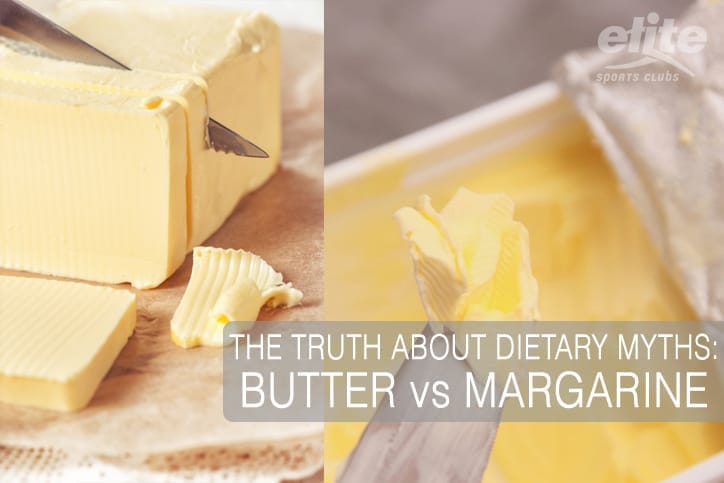
The Dietary Guidelines of 2010, recommended that Americans:
- Consume less than 10% of calories from saturated fats.
- Replace solid fats with oils when possible.
- Limit foods that contain synthetic sources of trans fatty acids (such as hydrogenated oils), and keep total trans fatty acid consumption as low as possible.
- Eat fewer than 300mg of dietary cholesterol per day.
- Reduce intake of calories from solid fats.
- And lastly, all adults ages 19 or older, should consume 20% to 35% of total calories per day as fat.
But, as we proceed to follow these dietary recommendations, there are still some areas for personal choices that we will need to make regarding “our preferences” for fats that we use at the table and in cooking that only WE can choose.
As you may have heard, saturated fats are those that are “solid” at room temperatures; and unsaturated fats are “liquid” at room temperature. Butter, made solely from cow’s milk, cream, is churned or shaken, and contains 80% milk fat. Traditionally, butter comes in salted varieties, and is found in stick form. Many today consider butter to have the taste you want, whether it is in regular stick, whipped, or light or lower fat. Calories from 1-Tbsp butter are 100; plus 7g saturated fat; and no trans fats. It is creamy, smooth, and has a rich taste that many people enjoy.
Margarine on the other hand provides an interesting alternative choice, one that the American Heart Association suggests buying. They particularly suggest the soft, trans fat free spreads. These blends have the least amount of saturated fats and no trans fats. If it says partially hydrogenated oils; it still has some trans fat (less than 0.5 gram per serving), even if the label says trans fat free. It has been called a healthier, plant-based alternative to butter, but it also faces a backlash for being artificial and having trans fats, which keeps oil-based ingredients solid at room temperature. Margarine is any vegetable oil-based, butter-flavored spread that contains 80% oil; and anything that with a lower oil and fat content is called a “soft margarine spread.” Margarine varies in calories from 50 to 100 calories per tablespoon and a combination of 11 grams of Fat: 2g as saturated; 3g trans fats; 3.5g polyunsaturated; and 3g of monounsaturated. Margarine is a combined dietary fat, has several additives in it, including food colors, and products to keep it solid at room temperature.
Following, there is no “right” answer. Your healthiest choice may be to skip the butter and the margarine all together.
Recommendations have been made by health advisers to use monounsaturated fats, such as olive oil for dipping bread and for cooking. Or, you can use a little less butter than you currently do, and a little more oil. Other popular fats are avocado and nut butters for sandwiches. The fats are varied in calorie levels, fat levels, and a true combination of flavors! But, you be the judge and keep foods interesting and healthy at the same time!
What is your preference? Butter or margarine?
Looking for more healthy tips? Set up a consultation with our Registered Dietitian!
By Rita Larsen, RD, CD; Elite Sports Clubs Nutrition Educator & Diet Counselor